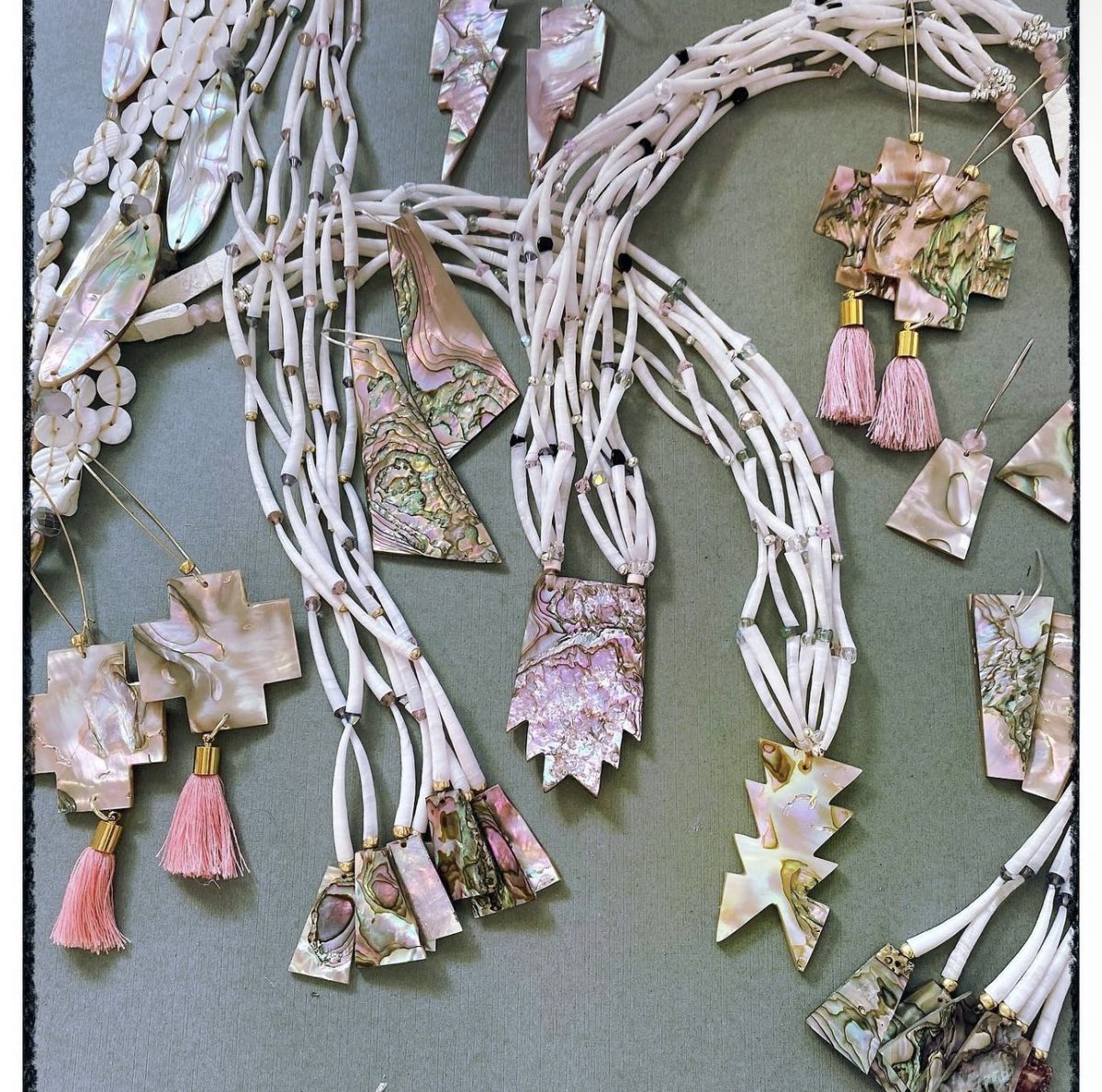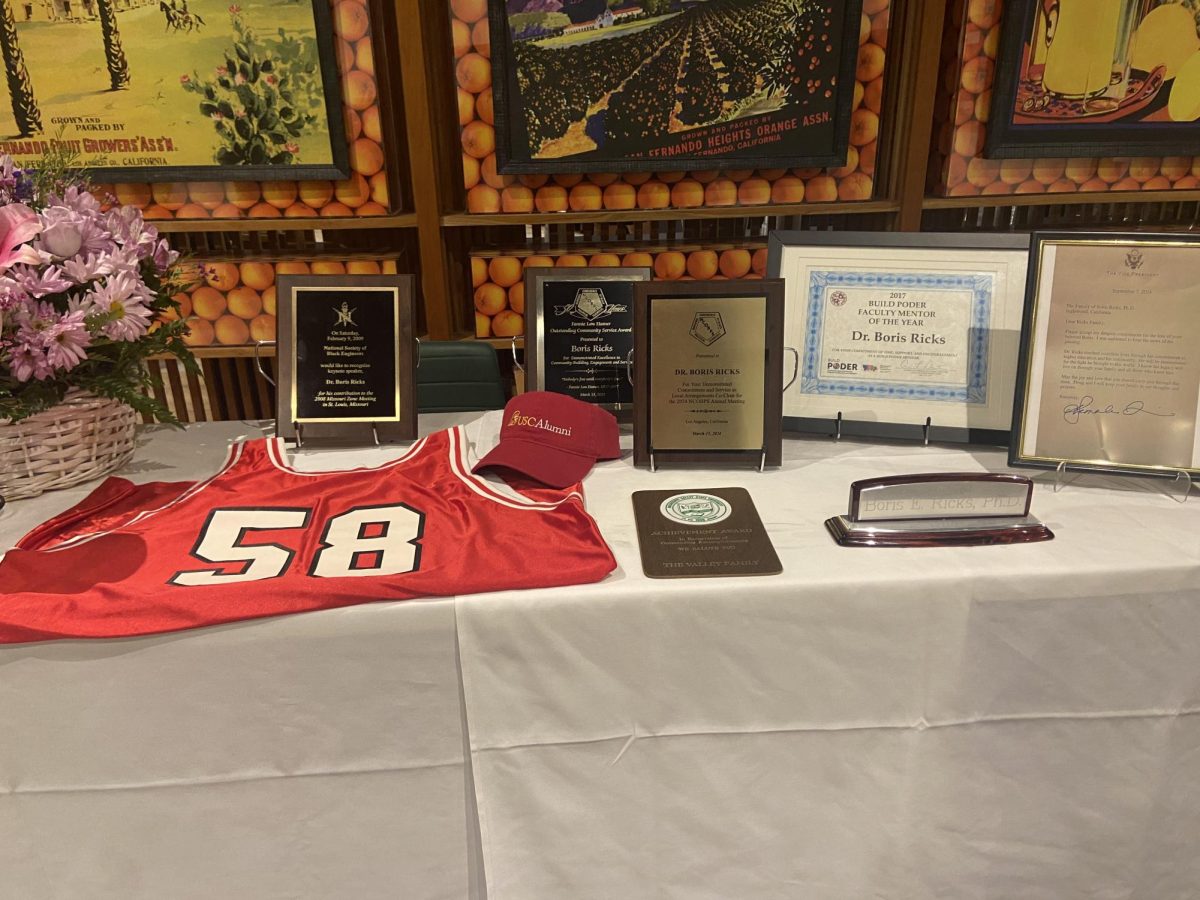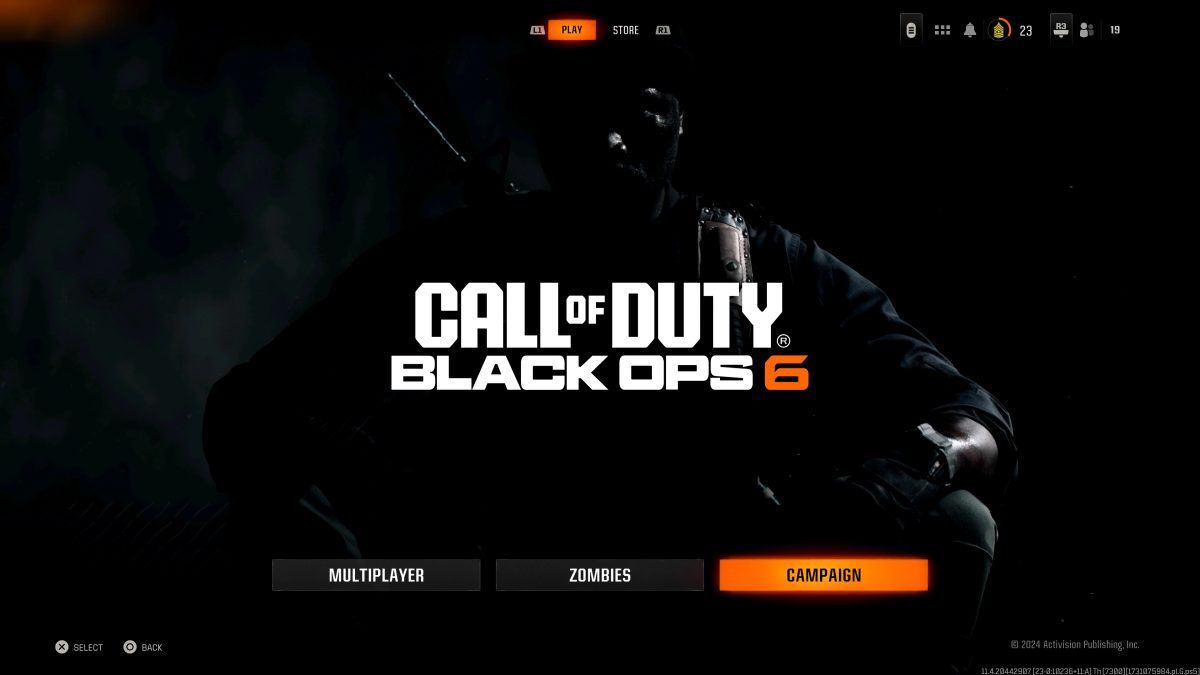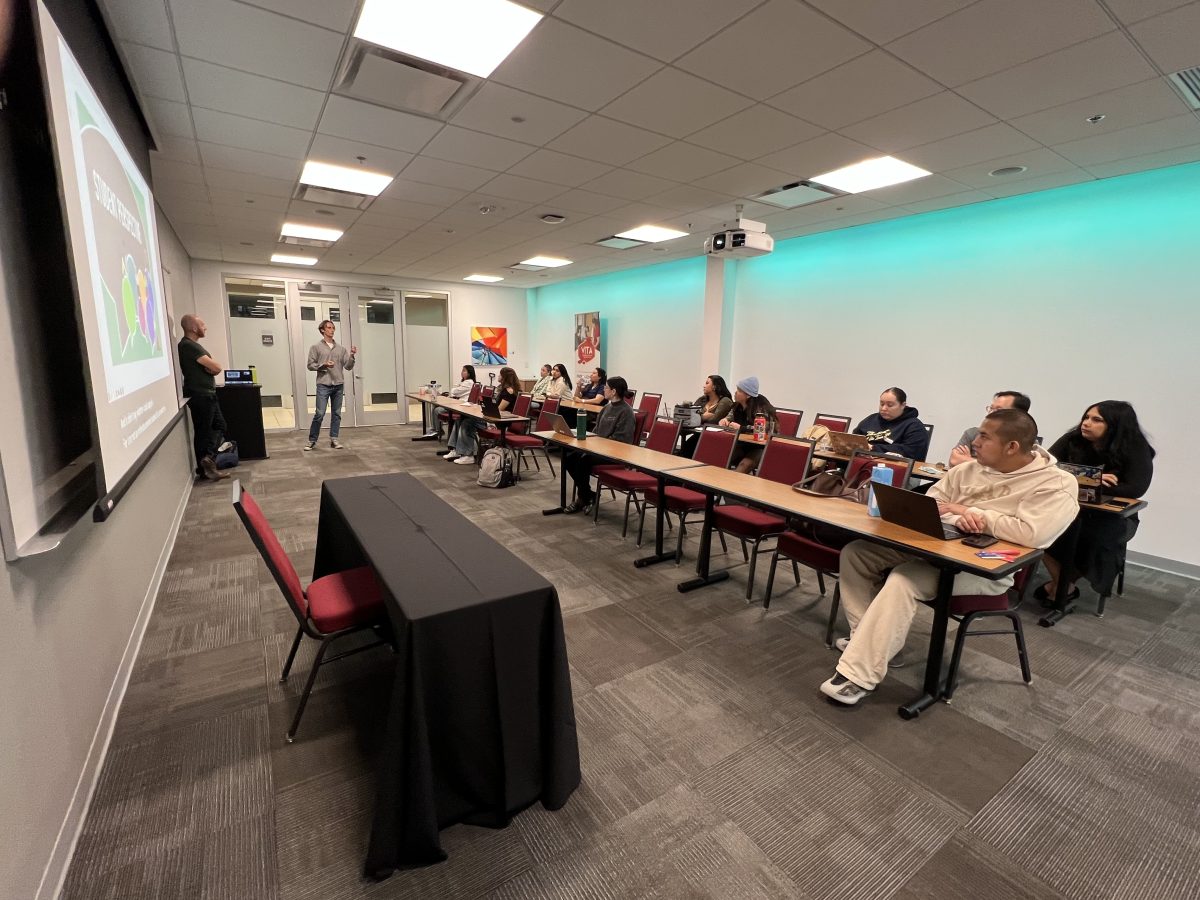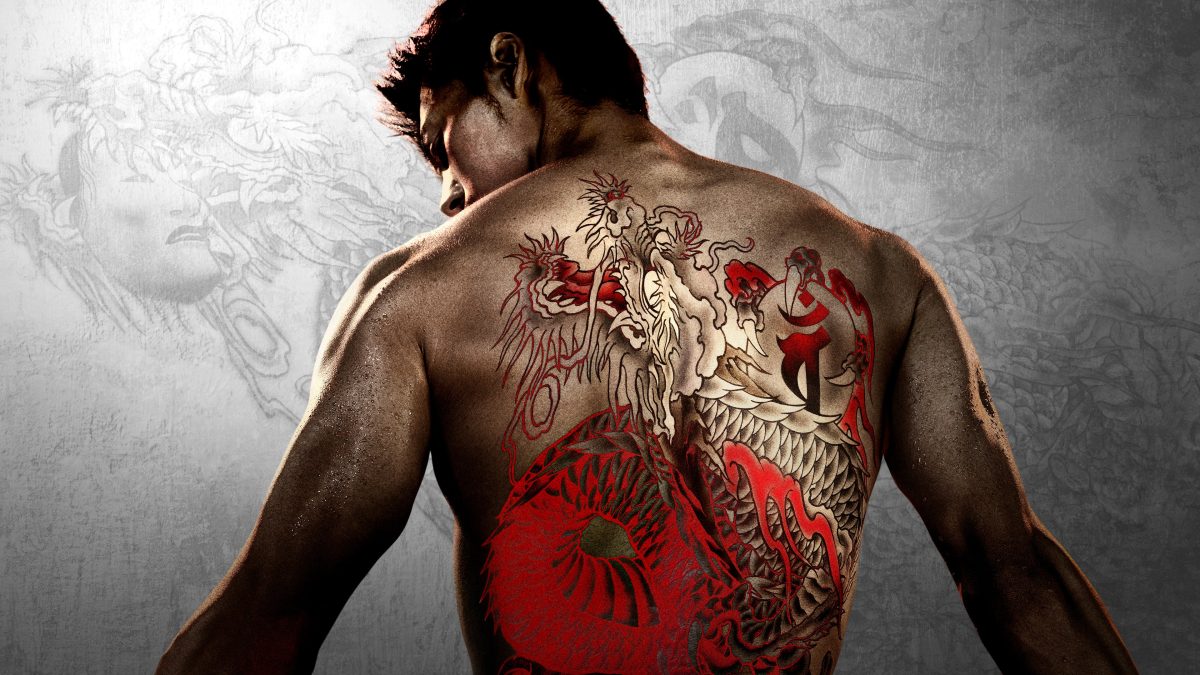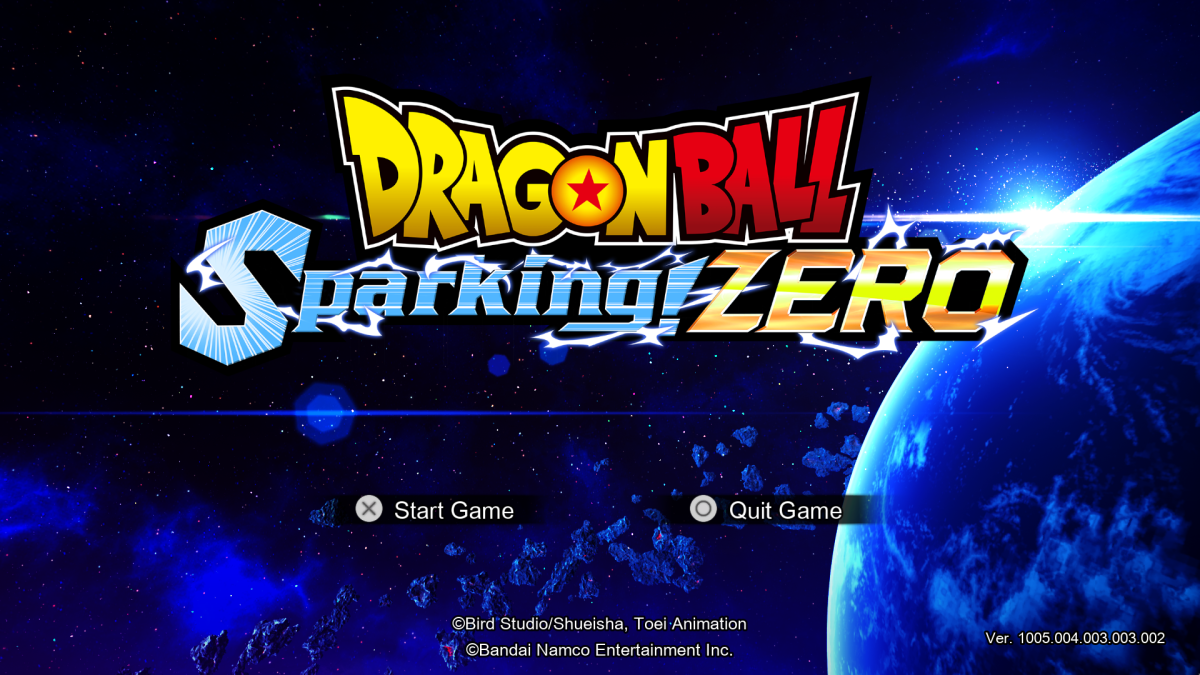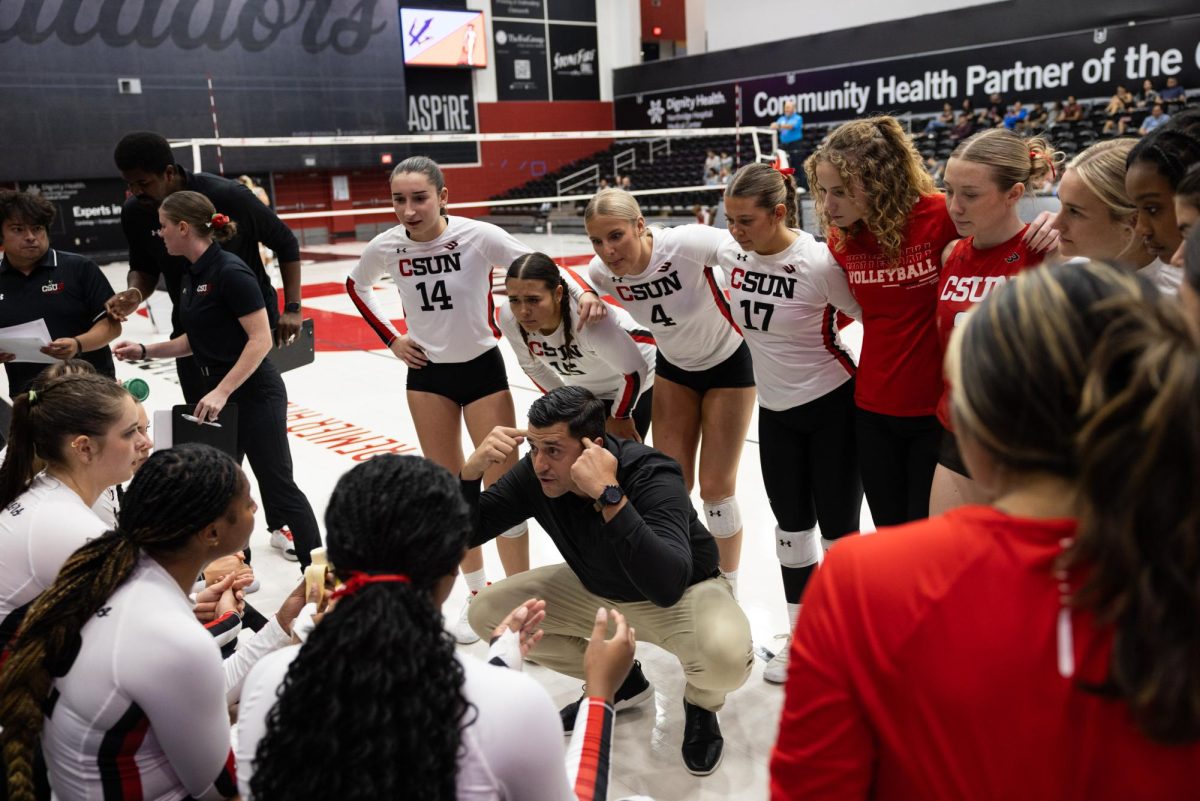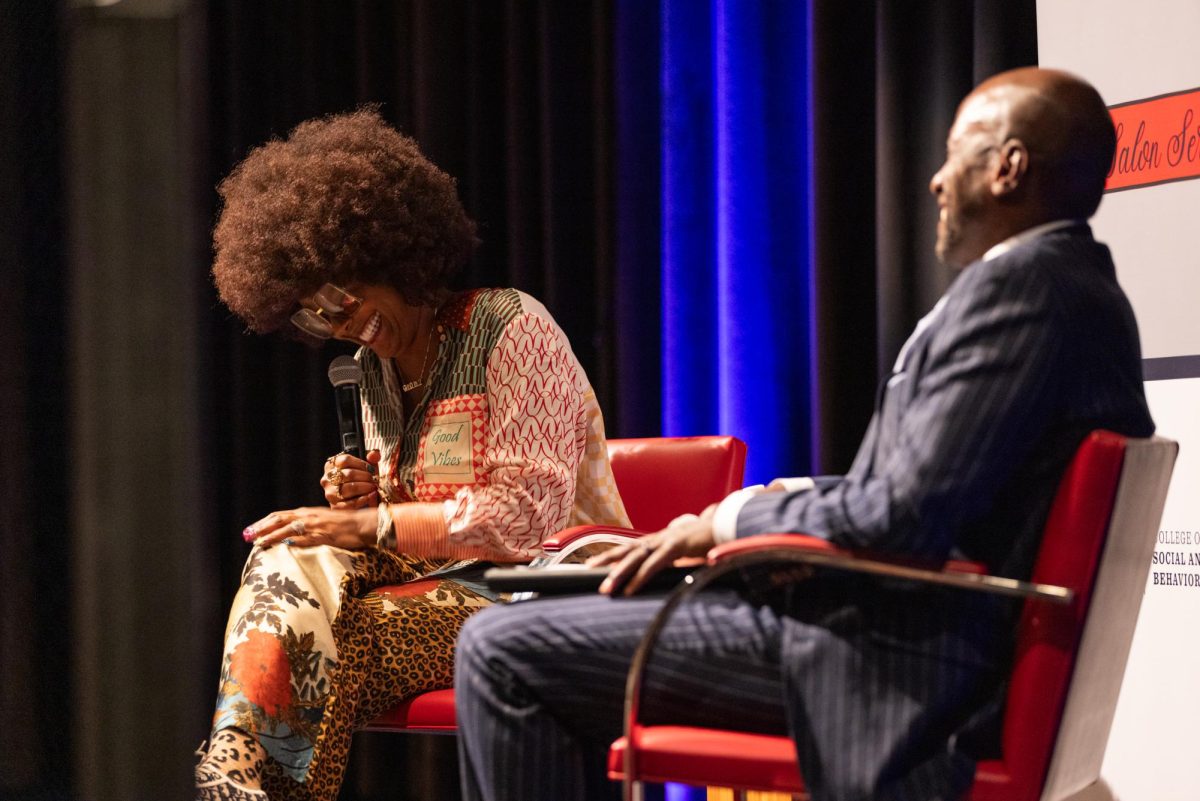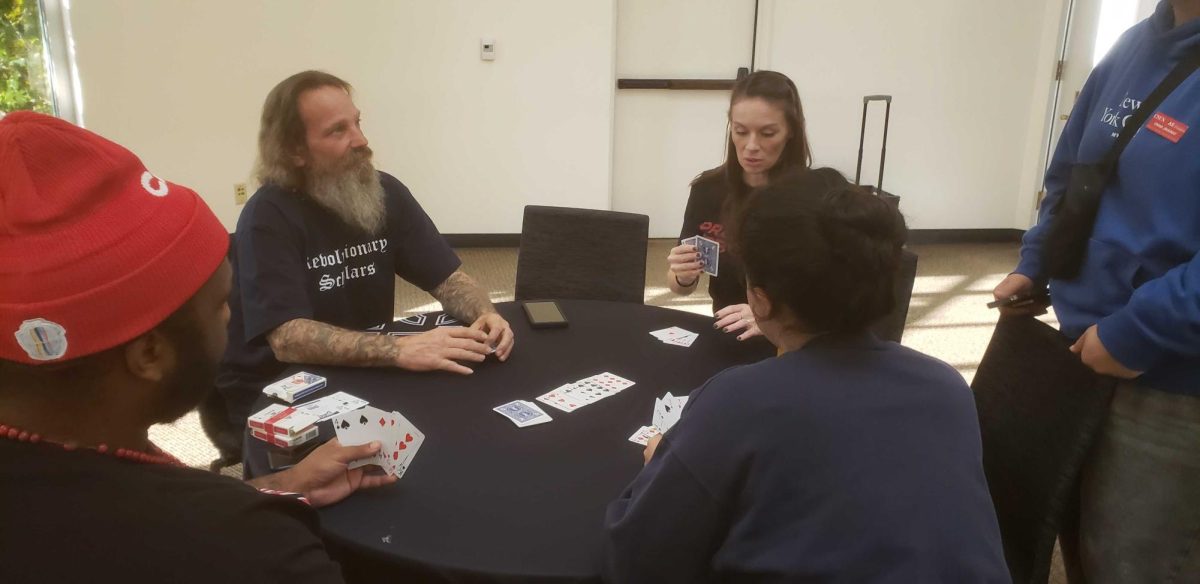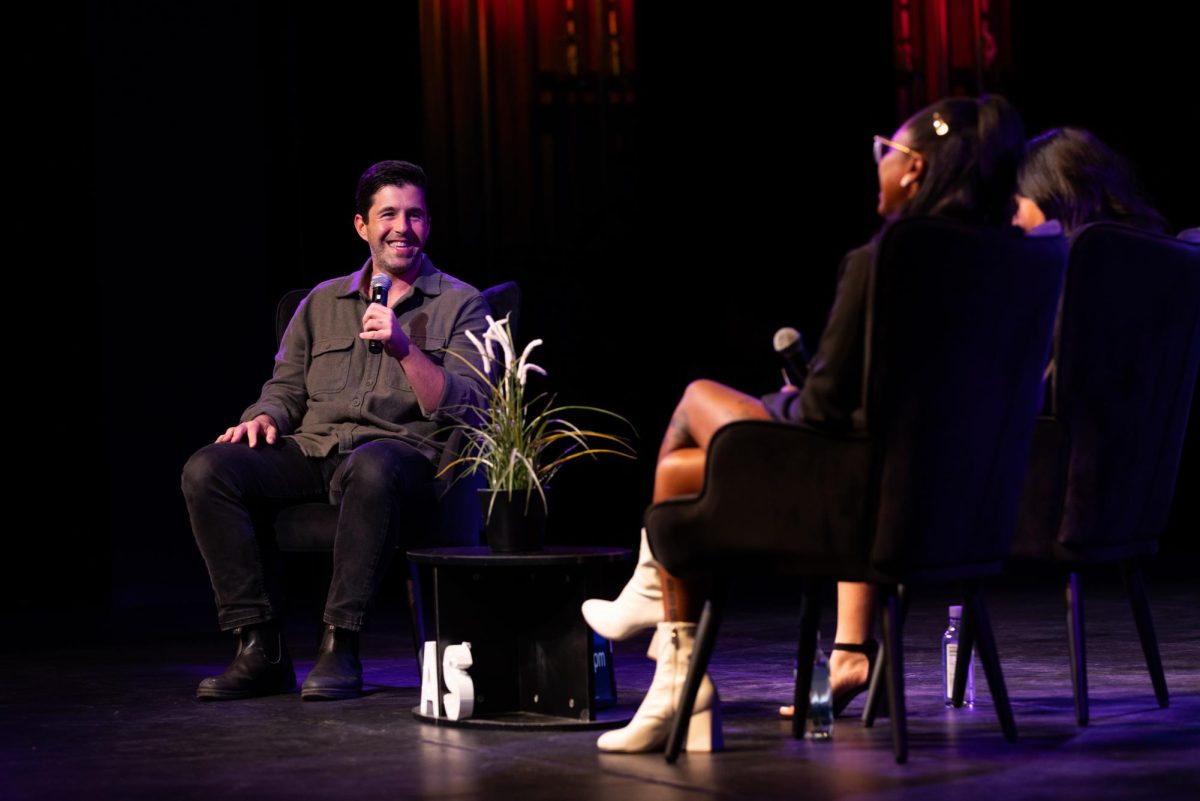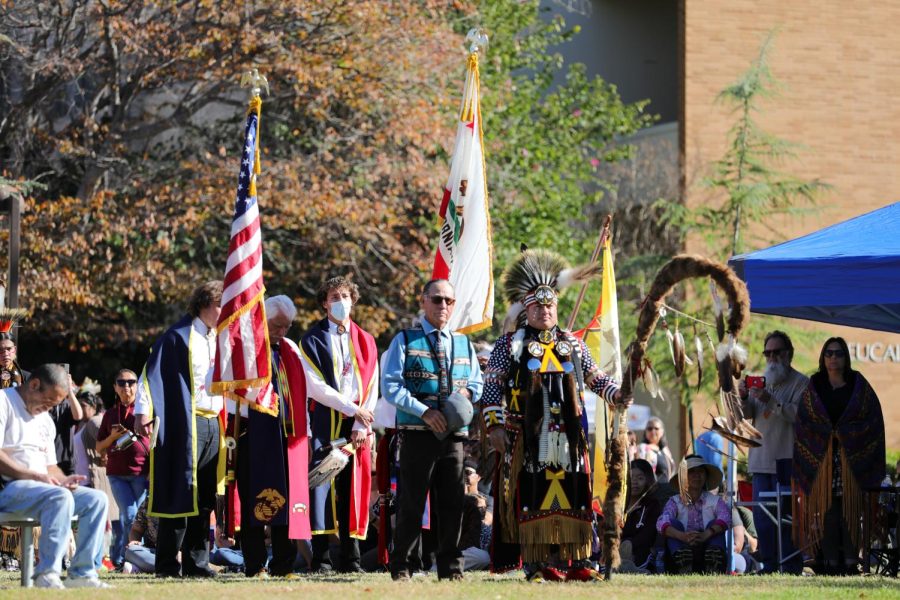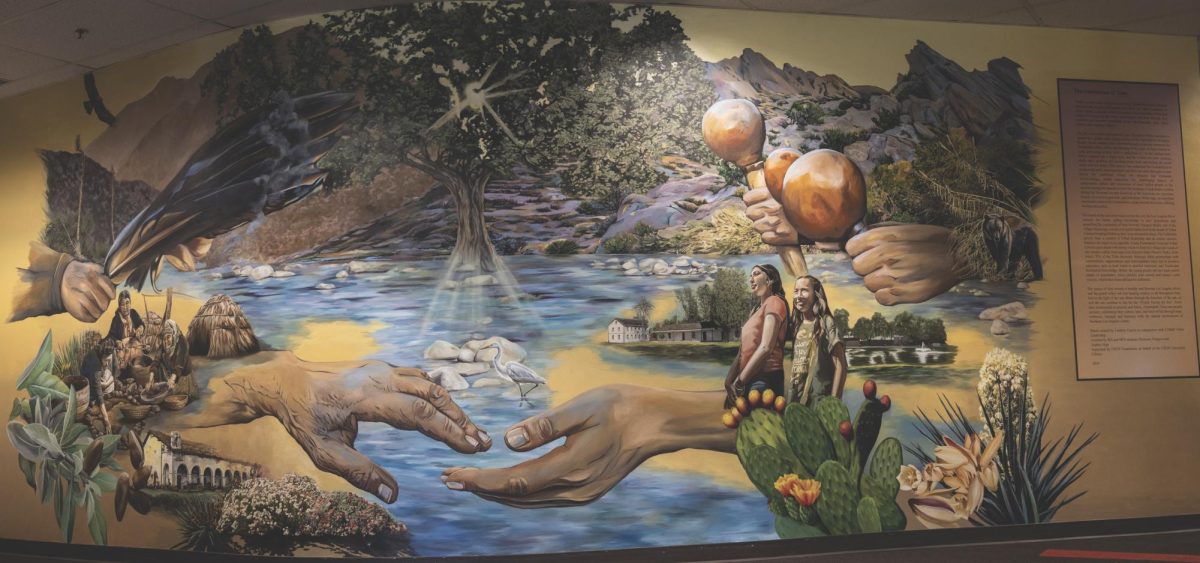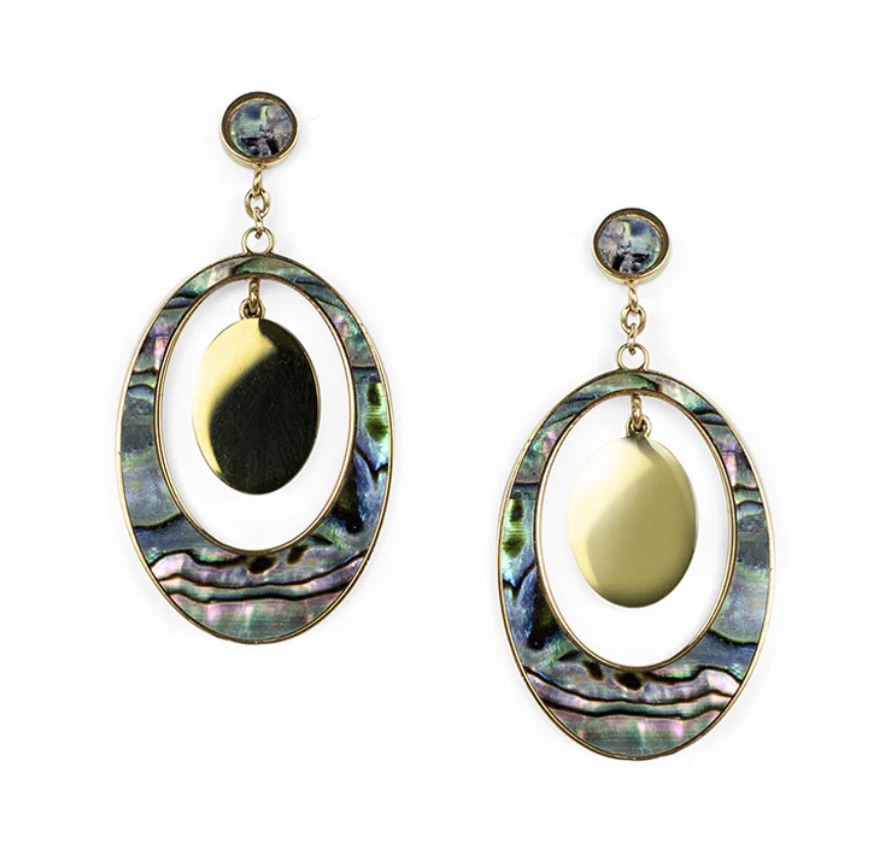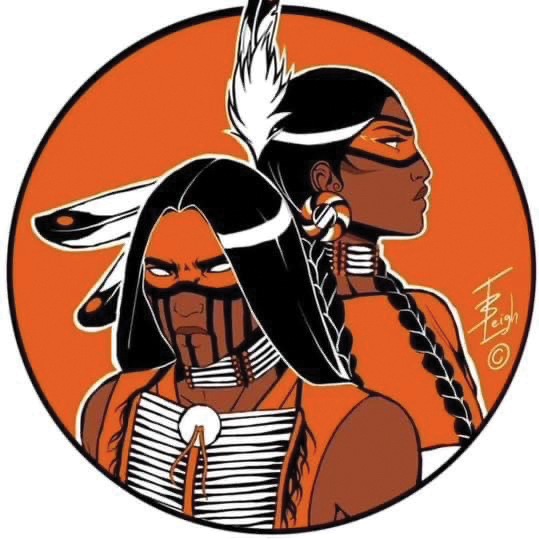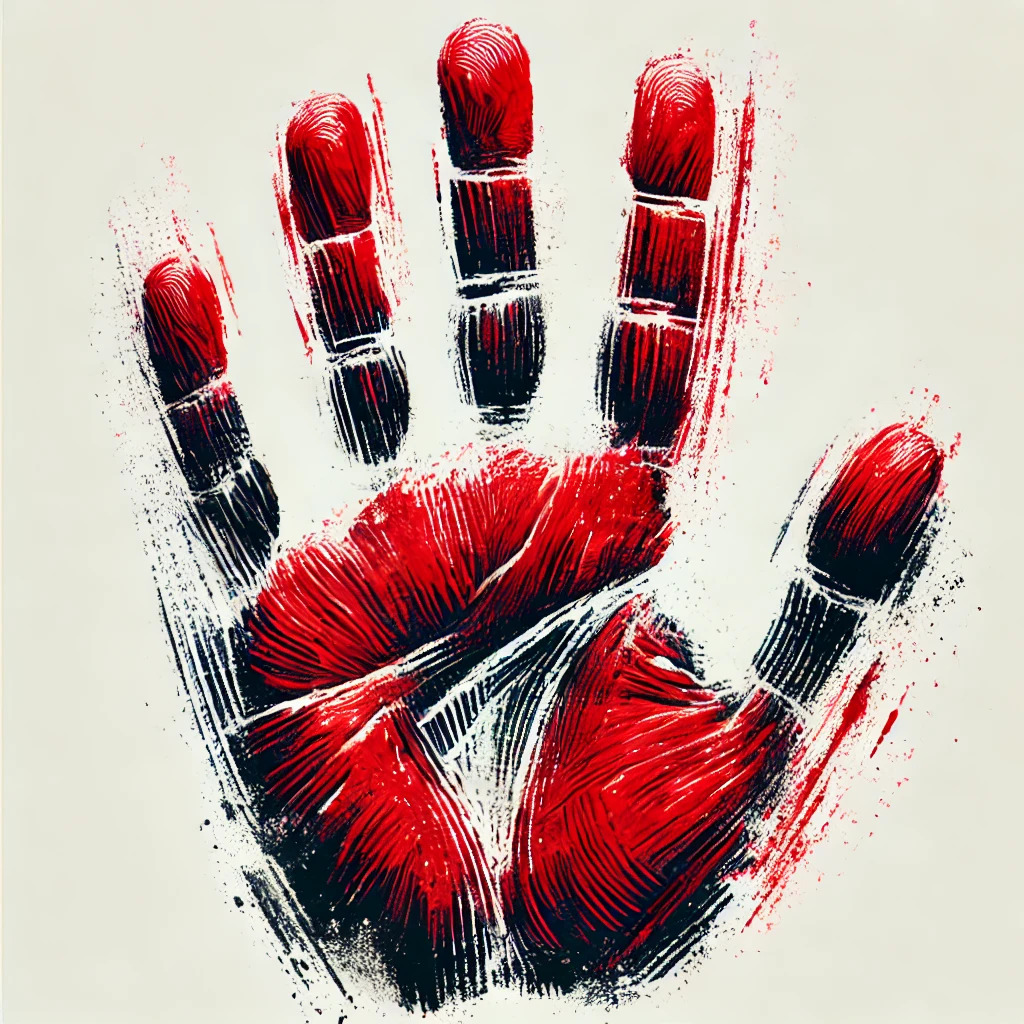As a member of the Yak Tityu Tityu Yak Tilhini (the people of Tilhini) Northern Chumash Tribe, artist and educator Leah Mata Fragua uses traditional practices and mediums to create hand-crafted jewelry and elaborate regalia.
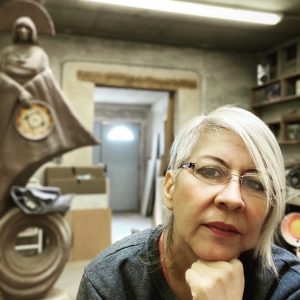
In the past, Fragua has preferred to use the traditional medium, abalone, to create her pieces. However, she was prompted to switch mediums as access to abalone shells became restricted. The state of California placed a moratorium on the harvesting of abalone until 2026, due to the population decline caused by environmental factors and overfishing.
She has since shifted to papermaking, particularly for its ephemeral quality. Fragua uses this medium to create paper baskets. Her intention of shifting to this medium was to generate less of a carbon footprint with her practice, being mindful of how certain mediums can be toxic or have negative impacts on the environment.
The environment serves as a major influence on her work. Fragua is a place-based artist, meaning that she draws inspiration and materials from place. She uses her work to explore the relationship between land and people, often communicating her cultural values of environmental advocacy and sustainability through her intentional, mindful use of materials and the finished pieces. According to her website’s artist statement, Fragua says her work “provides a narrative about the importance of tribes in exercising our sovereign gathering rights.”
Her work and philosophy centers around the ephemeral. Fragua shares her belief that people struggle to live in the present moment, often technology to archive moments in time. Fragua’s artist statement says that her goal is not meant to create art that will last forever, but to create unique pieces that exist “in transient moments and challenges our own perception of time and mortality.”
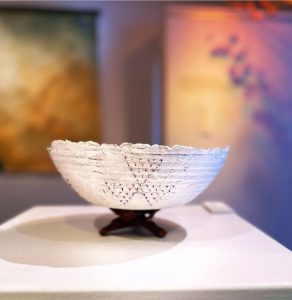
“I really want to create work that challenges both humans and institutions to be present with the work so that you are engaging with it in real-time,” says Fragua. “Somehow we always try to hold on to things without really experiencing them while they’re actually happening.”
While cultural traditions and practices play a critical role in creation, Fragua states that she doesn’t create with the intention of showcasing a Native story through her work. Instead, it organically aligns with her practice based on place.
“I don’t think I really focus on the Native story. I think I just make work that is rooted in place. So therefore, the work becomes a story of that place and the people that occupied that place for thousands of years,” she says. “So when I think of my culture, it’s an extension of that place.”
Fragua stresses the importance of authentic Native American art, explaining an issue she has observed in the art world: ethnic fraud and cultural appropriation. “For me, it’s really important that authentic Indigenous voices are represented in the Native art world,” says Fragua. “Sometimes, some of those messages or narratives might be falsely representing a value system that is completely made up or fraudulent.”
“There’s a lot of people who self-identify as Native American or Indigenous, and they do not meet the political definition, or they do not have the geneology, and they do not belong to a community,” says Fragua.
